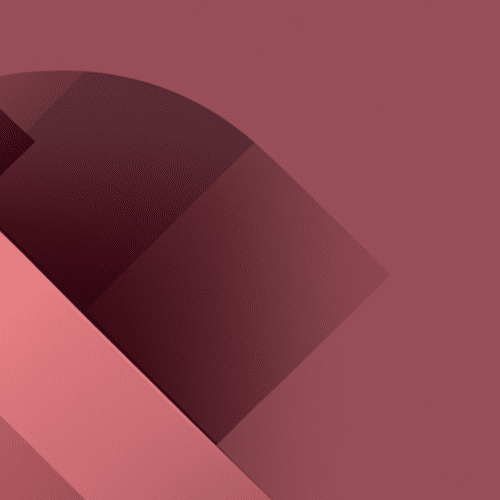Artificial intelligence is rapidly transforming creative workflows, giving painters, illustrators, animators, musicians, and designers access to powerful assistants that can brainstorm concepts, automate tedious tasks, and open entirely new aesthetic directions. Rather than replacing human imagination, these systems are becoming collaborative partners that help artists move from idea to finished work with greater speed, precision, and experimentation.
As more practitioners test emerging AI tools, they are discovering ways to integrate machine intelligence into sketching, concept development, production, and even distribution, reshaping how creative careers are built and sustained.
1. Instant Concept Generation and Ideation
One of the most revolutionary changes is how quickly artists can now move from a vague idea to a concrete visual or narrative direction. Instead of spending hours generating thumbnails or mood boards, creators can input short text prompts and receive dozens of variations in minutes.
This rapid iteration helps artists:
- Explore unfamiliar genres and visual languages with low risk.
- Overcome creative blocks by viewing unexpected compositions or palettes.
- Test multiple directions for a client pitch on tight deadlines.
Importantly, the artist remains the decision-maker. The system provides raw material, but the human defines the brief, selects the best options, and refines the output into something cohesive and personal. This shift turns early-stage ideation from a slow grind into a dynamic, exploratory dialogue.
2. Smarter Reference Gathering and Mood Boards
Traditional reference hunting means digging through stock sites, photography archives, and old sketchbooks. Intelligent search and tagging now make that process far more efficient. Systems can recommend references based on style, composition, lighting, and subject matter rather than just keywords.
Artists can build mood boards that:
- Identify consistent stylistic patterns in their favorite work.
- Highlight visual motifs that align with a project’s theme.
- Automatically cluster images by color or mood to reveal new connections.
Instead of spending energy finding material, creators can focus on interpreting and transforming it, which keeps the creative process moving forward.
3. Style Exploration Without Losing Your Voice
A common fear is that algorithmic systems will erase personal style, but many artists are using them to do the opposite: intentionally clarify what makes their work unique. By comparing their portfolio with generated images, they can see which traits are essential and which can be stretched or reimagined.
Examples include:
- Testing alternate color schemes for established characters.
- Exploring different rendering techniques—painterly, graphic, textured—while keeping the same composition.
- Combining influences: merging comic art with classical painting, or 2D animation with photorealistic lighting.
The artist uses this feedback loop to deepen their visual identity, selectively adopting what feels authentic while discarding what feels generic or off-brand.
4. Automation of Repetitive Production Tasks
Beyond pure inspiration, automated systems excel at handling the repetitive tasks that once drained hours from a production schedule. This is especially helpful for illustrators, animators, and designers working on large series or tight commercial deadlines.
Common use cases:
- Cleaning up line art or removing background noise from scans.
- Upscaling low-resolution artwork while preserving detail.
- Automatically colorizing flats based on a predefined palette.
- Generating variations of a layout for different aspect ratios and platforms.
By offloading these chores, artists can dedicate more time to composing scenes, refining characters, and polishing details that truly require human judgment.
5. New Interactive and Generative Experiences
Another major shift is in how audiences interact with artwork. Systems that respond to user input—text, voice, motion, or behavior—enable artists to build experiences that evolve in real time.
This opens doors to:
- Interactive installations that change visuals based on viewer movement.
- Generative music or soundscapes that respond to environmental data.
- Personalized comics or stories that adapt to each reader’s choices.
Rather than producing a static piece, artists craft frameworks and rules. The system then generates endless variations within these boundaries, blurring the line between author, performer, and audience.
6. Enhanced Collaboration Across Disciplines
Intelligent platforms also make it easier for multi-disciplinary teams to collaborate. Visual artists, writers, sound designers, and developers can work around a shared set of generated drafts, reference assets, and style guides, all updated in real time.
This enables:
- Faster alignment on the overall tone and direction of a project.
- Quicker prototype creation for games, films, and immersive experiences.
- Clearer communication between technical and non-technical collaborators.
With a shared visual and conceptual language powered by intelligent tooling, teams can experiment more freely and stay coordinated without sacrificing creative spontaneity.
7. Accessible On-Ramps for Emerging Artists
Perhaps the most underrated impact is improved accessibility. People who might not have formal art training—or who are learning new disciplines—can use guided systems to bootstrap their skills and confidence.
Features that help newcomers include:
- Step-by-step suggestions for composition, lighting, and color choices.
- Automatic feedback on anatomy, perspective, or proportion.
- Template-based workflows that demonstrate professional pipelines.
While practice and study are still essential, these systems act like tireless tutors, giving immediate, visual feedback that can accelerate learning curves and create more inclusive paths into creative industries.
Conclusion: From Tools to Creative Partners
The integration of intelligent systems into studio workflows is not about swapping human originality for automated output. Instead, it marks a shift from isolated, linear production toward dynamic collaboration between artist and machine. These systems generate possibilities, handle drudgery, and enable interactive experiences, while humans provide context, intention, and emotional resonance.
Artists who treat these systems as creative partners—rather than shortcuts—are uncovering new styles, more efficient pipelines, and richer connections with their audiences. As the technology continues to evolve, its most profound impact will likely come not from replicating existing aesthetics, but from empowering creators to imagine forms of expression that were previously impractical or impossible.








